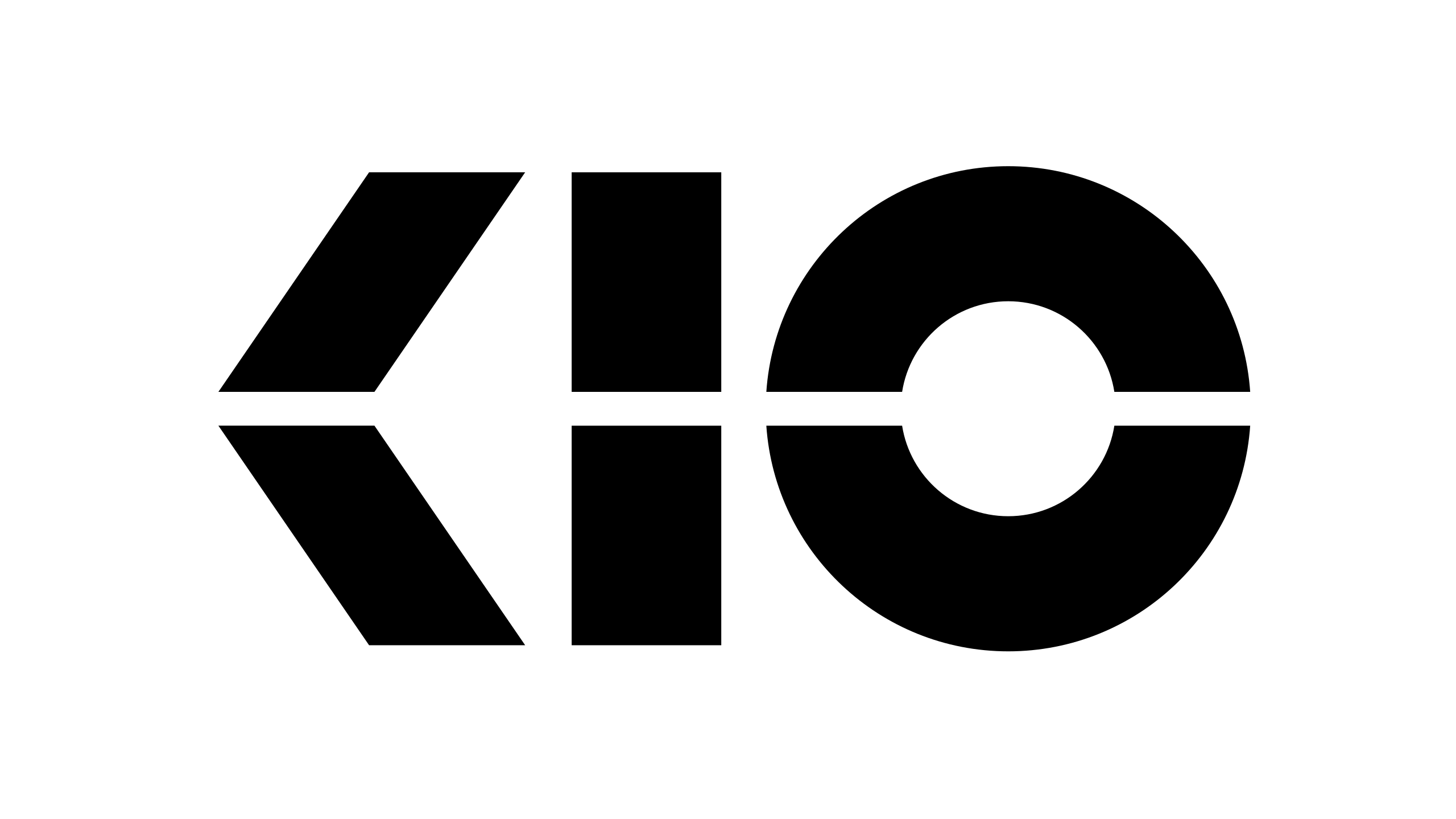A computer virus, like a flu virus, is designed to spread from host to host and has the ability to replicate. Just as flu viruses cannot reproduce without a host cell, computer viruses cannot reproduce and spread from computer to computer without programming code in a file or document.
Computer viruses are malicious programs that "infect" other files on the system with the intention of modifying or damaging them. This infection consists of embedding the malicious code inside the "victim" file. From that moment on, the executable becomes the carrier of the virus and, therefore, a new source of infection. They take their name from the similarity they have with biological viruses that affect humans, where the antibiotics in this case would be Antivirus programs.
Virus writers use social engineering hoaxes and exploit knowledge of security vulnerabilities to initially infect systems and spread the virus.
Who creates the viruses and why?
The purpose of many malicious programs is to make money, either by tricking you into buying and downloading software, or by forcing you to view advertisements or web pages.
For example, malware—which is a type of virus—can record keystrokes, capturing sequences such as passwords and credit card numbers, which would allow the author to have access to all kinds of information that one wants to keep private. Armed with personal information like that, the virus developer could steal your identity, access bank accounts, and open credit cards in your name.
So who creates viruses? Viruses are created by criminal organizations that act for money or for political ends. They want to harm a company or organization for different reasons. If a virus manages to insert itself into an organization's network, it can cost the organization large sums of money. This could be orchestrated by a disgruntled employee or someone with a specific agenda.
There are several classifications regarding types of hackers, but these are the main two:
- Black Hat: They are the villains of the movie. They use sophisticated techniques to gain access to systems, take them and their data over, destroy them, sell them, etc.
- White Hat: These are ethical hackers, who work securing and protecting IT systems. They usually work in computer security companies and assess vulnerabilities of companies in order to take corrective measures.
Additionally, they are classified by types of attack; these are the best known:
- Carders: Experts in credit card fraud. They generate fake numbers and access codes that successfully evade control systems to steal and clone cards.
- Pharmers: They are dedicated to carrying out "phishing" attacks, where the user believes that they are entering a real site but actually inputs their data on one created by the hacker. The hackers then use the information to steal funds from their victims' accounts.
- Defacers: They look for bugs in the code for web pages in order to be able to modify them.
- Spammers: There are companies that pay them to create spam for their main products, and in other cases they also profit from illegal advertising.
How can you protect yourself against computer viruses?
After reading this information, the logical question is: How can you protect your devices against computer viruses? The main recommendation to help keep your computer secure is to use a reliable antivirus product and keep it up to date. However, there are some actions that should be part of your culture for computer protection:
- Do not install software of dubious origin.
- Do not open emails from strangers, or attachments that you do not recognize.
- Use a pop-up blocker in your browser.
- Use your browser's privacy settings.
- Clear Internet cache and browser history.
- Do not open documents without checking the file type; an attached file could be an executable or have macros inside.
Remember that having a technology partner with the necessary experience and knowledge will help you achieve your business goals. We invite you to visit https://www.kionetworks.com/en/
Sources:
Moir, Robert. Microsoft. (2009). Malware definition: frequently asked questions https://docs.microsoft.com/en-us/previous-versions/tn-archive/dd632948(v=technet.10)?redirectedfrom=MSDN accessed November 2019.
OAG. (2015). Protect Your Computer from Viruses, Hackers, & Spies. Tips for Consumers https://oag.ca.gov/sites/all/files/agweb/pdfs/privacy/CIS_12_Computer_protection_DOJ.pdf accessed November 2019.
Online. 7 Tipes of Hackers https://www.onlinewhitepapers.com/information-technology/7-types-of-hackers/ accessed November 2019.



